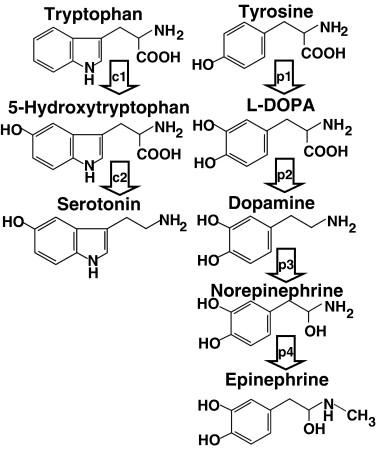Elsevier, Sexologies, Volume 17, October 2008
Treatment of gender-identity disorders is guided by standards set forth by the World Professional Association for Transgender Health (WPATH). Although not absolute, WPATH's eligibility criteria for hormone therapy and/or genital-reconstructive surgery include participation in psychotherapy. In addition, applicants for genital-reconstructive surgery are required to live at least one year full-time in the preferred gender role, a period referred to as the real-life experience (RLE).
Elsevier, General and Comparative Endocrinology, Volume 157, July 2008
All organisms respond to environmental cues that allow them to organize the timing and duration of life history stages that make up their life cycles. Superimposed on this predictable life cycle are unpredictable events that have the potential to be stressful. Environmental and social stresses have deleterious effects on life history stages such as migration, reproductive function and molt in vertebrates. Global climate change, human disturbance and endocrine disruption from pollutants are increasingly likely to pose additional stresses that could have a major impact on organisms.
Elsevier, Behaviour Research and Therapy, Volume 44, January 2006
The present article presents and reviews the model of psychopathology and treatment underlying Acceptance and Commitment Therapy (ACT). ACT is unusual in that it is linked to a comprehensive active basic research program on the nature of human language and cognition (Relational Frame Theory), echoing back to an earlier era of behavior therapy in which clinical treatments were consciously based on basic behavioral principles.
Elsevier, Drug and Alcohol Dependence, Volume 78, 9 May 2005
Background: Methamphetamine-dependent gay and bisexual men (GBM) are at high risk for HIV transmission, largely due to drug-associated sexual risk behaviors. This project evaluated the efficacy of four behavioral drug abuse treatments for reducing methamphetamine use and sexual risk behaviors among this population.
Elsevier,
Applied Soil Ecology, Volume 15, August 2000
Soil health is the capacity of soil to function as a vital living system, within ecosystem and land-use boundaries, to sustain plant and animal productivity, maintain or enhance water and air quality, and promote plant and animal health. Anthropogenic reductions in soil health, and of individual components of soil quality, are a pressing ecological concern.
Elsevier, Journal of Adolescent Health, Volume 26, April 2000
Purpose: To identify factors related to human immunodeficiency virus (HIV) antibody testing among gay, lesbian, and bisexual youth. Methods: Self-reported demographics, risk behaviors, variables related to the Health Belief Model, and HIV testing data were collected at a conference for gay youth, as well as at the Gay and Lesbian Community Center in a Southeastern metropolitan area (n = 117). Results: About one third of participating youth who reported engaging in anal and vaginal sex had done so without a condom. In addition, one in four youth reported at least one other HIV risk factor.
Elsevier, Clinical Psychology Review, Volume 17, 1997
Social stigmatization hinders the ability of gay adolescents to achieve the tasks of adolescence. Because their sexual identity is denigrated by society, these youth have difficulty forming a positive identity and establishing healthy peer and intimate relationships. Family relations are often painful, and gay adolescents are susceptible to loneliness, isolation, depression, and suicide. Validation of these adolescents' affectional and erotic feelings helps to normalize their adolescence, as does providing' them with a peer group of other gay youth.

